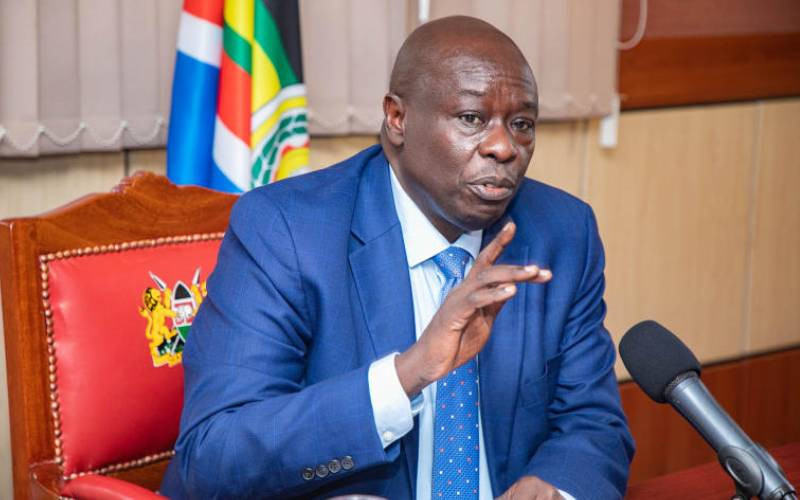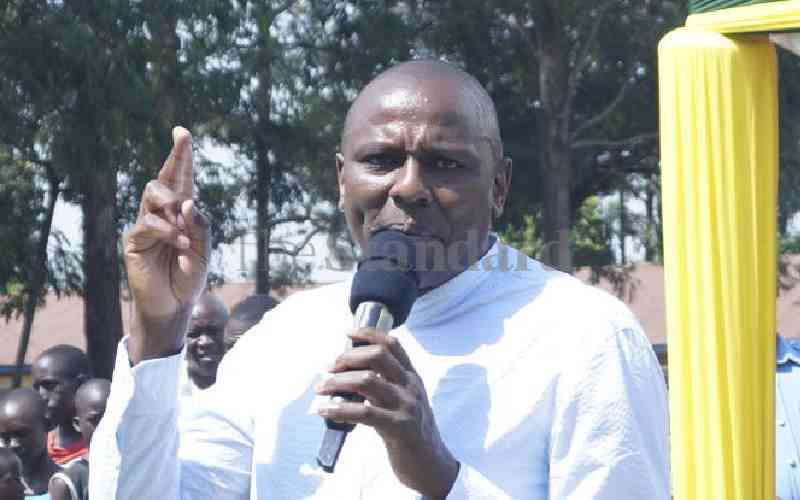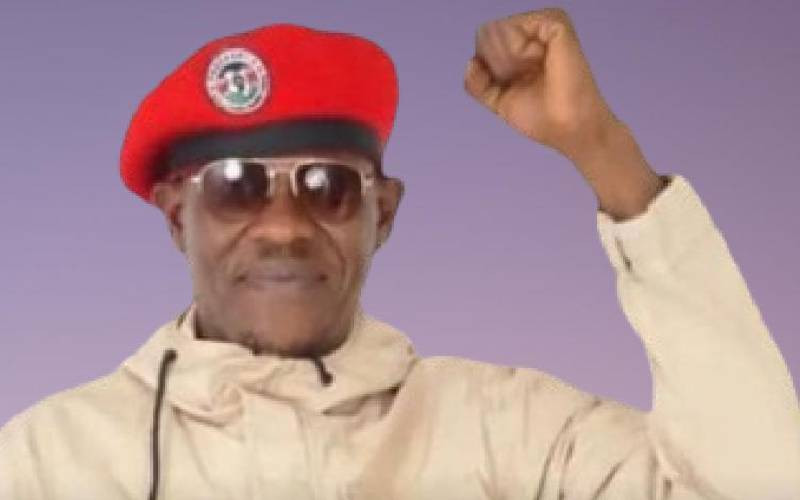By Jennifer Muchiri
A modest sum of Sh2.5 billion is said to be set aside for the celebration of Kenya’s golden jubilee. Sh320 million will go into the ‘identification of Kenya’s most influential personalities.’
I won’t bother with the meaning of ‘identify’, but I am disturbed by a few things. Who will make this coveted list of ‘influential personalities’? Who will do the identification? What will the criteria be? What will the process involve to warrant the spending of such an amount of money?
Well, since I have not yet been approached to join the identification panel, let me give my opinion on something that the organisers of the Kenya@50 bash might want to think about — the state of our cultural and artistic capital in the last 50 years.
We often think about influential personalities in relation to politics but seldom give thought to the role of artists. Ask anyone to name some ‘influential’ (often they mean infamous) politicians in Kenya, and they will have an unending list, which might include CMB Prezzo, Mugabe and Museveni. Ask them to name a few writers, musicians, painters, dancers or thespians in their county and they will struggle to count on the fingers of their left hand.
As we celebrate 50 years of independence, we need to examine our production as a cultural nation. We need to take stock of the ‘influential personalities’ Kenya has produced in the world of art — theatre, music, writing, painting and film — since independence.
Have we produced 50 writers, musicians, thespians and painters in the last 50 years? Among these, whom do we consider our stars? What have they done for the Kenyan nation? What principles and ideals do they stand for? If we were to compile an archive of Kenyan cultural producers, would it represent the true face of Kenya?
In writing, for example, how many writers can we count beyond Grace Ogot, Ngugi wa Thiong’o and Meja Mwangi? How many books can we proudly cite as having been written in Kiswahili, Ekegusii, Kikamba, Dholuo, Gikuyu, or Maa? Where are our top 50 writers in all the over 50 languages spoken in this beautiful country? Which writers can the so-called digital generation identify with in English, Kiswahili or vernacular? The writers may be present, but have we celebrated them as we should?
When a bronze statue of President Kibaki holding a copy of the Kenya Constitution 2010 is erected at a cost of Sh50 million, I suggest that in a section of the heroes’ corner, we erect a statue of Grace Ogot holding a copy of Tekayo, to remind us of the need to shun greed as we begin a new chapter in our nation’s life. After all, it is greed that has seen so many of our development projects stall.
Kenya has produced wonderful music in the last 50 years. Music, in various languages, has proven to be a versatile form of communication, a powerful call to unity and, sometimes, a vehicle for propaganda.
Unfortunately, music that is authentically Kenyan has been overshadowed by imitations from the West, often performed by crotch-holding ‘artistes.’ One hit wonders who use computer-generated ‘tracks’ are branded celebrities, while hardworking musicians who sing and play instruments are relegated to the backwaters of audience-limited vernacular radio stations.
Isn’t it ironic that Fadhili William’s Malaika is massively celebrated elsewhere in the world yet only a handful of Kenyans can truly appreciate its universal appeal? Is it any wonder that our kindergarteners proudly ‘perform’ bend-over when asked to entertain guests in our living rooms?
What happened to the Kenya National Theatre? How much of our national budget goes into supporting this important institution? How many thespians who have learnt their ropes in this magnificent building can claim to be paying their bills comfortably purely from acting? Fifty years since the mzungu left our country, how many Kenyans even know of the existence of the Kenya National Theatre? High school students visit the theatre now and then to watch productions of setbooks, but what happens beyond that?
Oral literature has almost successfully been consigned to the classroom. How are we transmitting our histories and cultures as a people when we do not recognise the place of respected storytellers and other oral performers in our communities? Actually, how many storytellers can we count?
Isthere any chance that one Mzee Suleiman of Kwale, who narrates stories about the history and culture of the Digo community so eloquently, might make it to that influential personalities’ list? What about my friend’s grandmother, who sings the resistance songs of the Mau Mau and the anti-colonial struggle with such enthusiasm one would think they were composed just a few weeks ago?
Stay informed. Subscribe to our newsletter
How many art galleries do we have in Kenya? Which Kenyan painters, sculptors or photographers can we celebrate 50 years on? How often do we attend art exhibitions to support our artists? How can we convince parents that their children can make an honest living out of art?
I have seen highly talented young Kenyans participate in dancing competitions. Can we count 50 Kenyan dancers to put on our roll of fame as we turn 50? Where does this talent disappear to once the competitions are over? Where are dancers who can showcase moves from our various communities?
As we celebrate 50 years of independence, let us give thought to the cultural productions that make us unique as a nation and accord them the place and respect they deserve.
Dr Muchiri teaches Literature at the University of Nairobi. [email protected]
 The Standard Group Plc is a
multi-media organization with investments in media platforms spanning newspaper
print operations, television, radio broadcasting, digital and online services. The
Standard Group is recognized as a leading multi-media house in Kenya with a key
influence in matters of national and international interest.
The Standard Group Plc is a
multi-media organization with investments in media platforms spanning newspaper
print operations, television, radio broadcasting, digital and online services. The
Standard Group is recognized as a leading multi-media house in Kenya with a key
influence in matters of national and international interest.
 The Standard Group Plc is a
multi-media organization with investments in media platforms spanning newspaper
print operations, television, radio broadcasting, digital and online services. The
Standard Group is recognized as a leading multi-media house in Kenya with a key
influence in matters of national and international interest.
The Standard Group Plc is a
multi-media organization with investments in media platforms spanning newspaper
print operations, television, radio broadcasting, digital and online services. The
Standard Group is recognized as a leading multi-media house in Kenya with a key
influence in matters of national and international interest.






